The wretched state of Florida baseball
The Miami Marlins and Tampa Bay Rays are taking tanking to new lows
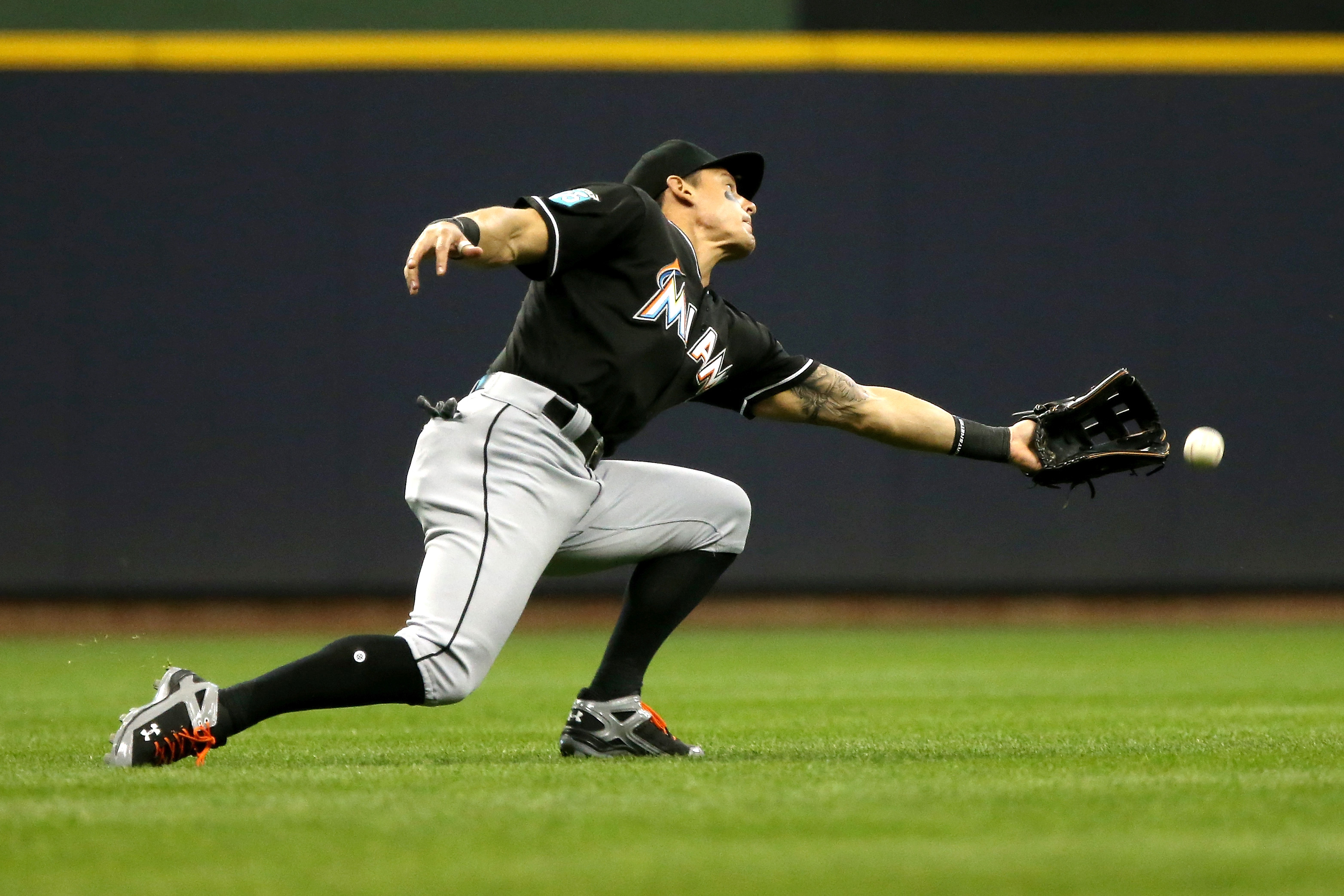

Last Sunday, baseball's Tampa Bay Rays played a game in which their scheduled starting pitcher was a middling reliever named Ryan Yarbrough. This odd and off-putting maneuver was less some kind of Tony LaRussa-style master strategy and more about the Rays deliberately not employing enough starting pitchers to get through the season. Yarbrough was, predictably, pummeled and he was followed on the mound by more undistinguished relievers who got knocked about like overhead luggage in turbulence. The Rays lost that game, something they've done quite a bit of in this young season. With an early season pace of 62-100, they are headed for their third-worst campaign since they joined the league in 1998.
The weird part is that it all seems largely intentional. The 2017 Rays were a respectable unit, finishing at 80-82 and hanging around the wild card race until late in the season despite playing in the same division as the infinite payroll machines in Boston and New York. Yet in the off-season, management decided to tear it all down. Five-tool outfielder Steven Souza was dealt to Arizona. Franchise icon Evan Longoria, whose 50.1 Wins Above Replacement were by far the most in the team's history, was traded unceremoniously to San Francisco. Outfielder Corey Dickerson, fresh off a season in which he hit 27 home runs, was bizarrely designated for assignment (baseball-ese for "basically released") and signed with Pittsburgh. First baseman Logan Morrison, who resurrected his career by slamming 38 home runs, and starting pitcher Alex Cobb were allowed to walk away to without so much as being half-heartedly pursued by the Rays. Starting pitcher Jake Odorizzi and his bat-missing talents were delivered to Minnesota.
The Rays aren't alone in their Florida misery. Down the peninsula in Miami, there is another team that will likely be remembered by future baseball historians as the wretched of the surf: the Marlins, fresh off yet another fire sale of their best players to other franchises and sporting one of the worst everyday lineups of any team this century. In the offseason, the team was sold to a group of investors including Yankees legend Derek Jeter, and they immediately set their sights on a Bain Capital reduction of costs by dismantling last year's competitive squad. Reigning National League MVP Giancarlo Stanton and his $325 million contract was shipped up I-95 to the Yankees for what was widely regarded as a marginal return, raising questions about both Jeter's savvy and loyalty to his new team.
The Week
Escape your echo chamber. Get the facts behind the news, plus analysis from multiple perspectives.

Sign up for The Week's Free Newsletters
From our morning news briefing to a weekly Good News Newsletter, get the best of The Week delivered directly to your inbox.
From our morning news briefing to a weekly Good News Newsletter, get the best of The Week delivered directly to your inbox.
They didn't stop there. Star outfielder Christian Yelich was then sent packing for Milwaukee in exchange for a comparatively decent haul of prospects headlined by young outfielder Lewis Brinson. Speedy second baseman Dee Gordon was traded to Seattle, and slugging outfielder Marcell Ozuna to St. Louis. In a matter of weeks, what had been a borderline wild card contender was transformed into an astonishingly terrible, unwatchable mess. By some measures, the Marlins just shed more value in a single offseason than any time in the history of the game. The team's miserable start should be no surprise, and the fans have gotten the message and stayed away — they are drawing under 14,000 per game, and even that figure seems wildly inflated judging by the achingly sad ocean of empty seats seen on television every night.
Why did the Rays and Marlins, both arguably on the cusp of contention, decide to join the ranks of baseball's tankers? Part of the answer is the new economics of contending in baseball for smaller markets. Lacking the limitless resources of the sport's titans in L.A., New York, and Chicago, teams in baseball's cozier markets can't afford to make big free agent splashes, and they can no longer spend wildly in the international market. When the window of contention starts to close, the answer is to spend three or four years deliberately losing (what some call "tanking") and collecting top draft picks. But that's only part of the equation in Florida, where both the Marlins and Rays could have added pieces and made another run in 2018. The other part is the unique plight of these two troubled Florida franchises.
The Rays are stuck in one of the game's most dreadful stadiums. Tropicana Field is a domed relic from another age, a grimly lit travesty better suited to sheltering hurricane victims than playing host to major league baseball. Built in 1991 to lure a team away from another market, it was mostly dormant until baseball expanded in 1998, by which time the field's design and location flaws had become manifest. Most people would rather spend three hours getting deposed by the president's lawyer's lawyer than spend those precious hours watching baseball in a glorified mausoleum. The Trop is also a nightmare to get to by car, the only way that Floridians travel. The result is that the team has been last in the American League in attendance in 13 out of its 20 seasons, and near the bottom in the others. They haven't drawn two millions fans since their debut season of 1998, not even in 2009, the year after their shock trip to the World Series. Is the Trop the only problem? Or is the region a poor fit for major league baseball? No one knows for sure, but the overall viability of baseball in the Tampa-St. Petersburg market is very much in question.
The Marlins, on the other hand, play in a glittering, intimate facility that opened in 2012. Their problem isn't the field but rather the management strategy, or lack thereof. The team has gone through four distinct fire sale periods in the last 20 years. They sold off key assets after their 1997 world championship, and did so again two years after their 2003 title. This bizarre strategy seemed designed to minimize good will and long-term fan investment and failed to capitalize on the rare feat of winning it all. After spending big to coincide with the opening of Marlins Park in 2012, the team once again traded away nearly every major league asset after a disappointing season. This was probably the last straw for baseball in Miami, especially after the taxpayers of Miami-Dade County had chipped in a staggering and unconscionable $500 million to help build the stadium.
A free daily email with the biggest news stories of the day – and the best features from TheWeek.com
Where does the shame go after you've been fooled four times? In some markets — Philadelphia, Chicago, Boston, New York, and L.A. — the fans will come back after prolonged dry spells. But in places like Tampa and Miami, teams really can't afford to mix in a handful of competitive seasons with seemingly endless stretches of dreadful baseball. Most people have better things to do than pay $100 to take their families to watch their heroes get blown out night after night. If the Marlins and Rays can't figure out a way to put a quality product on the field, they will find that even when the good times roll again, there are simply no fans left.
David Faris is a professor of political science at Roosevelt University and the author of "It's Time to Fight Dirty: How Democrats Can Build a Lasting Majority in American Politics." He's a frequent contributor to Newsweek and Slate, and his work has appeared in The Washington Post, The New Republic and The Nation, among others.
-
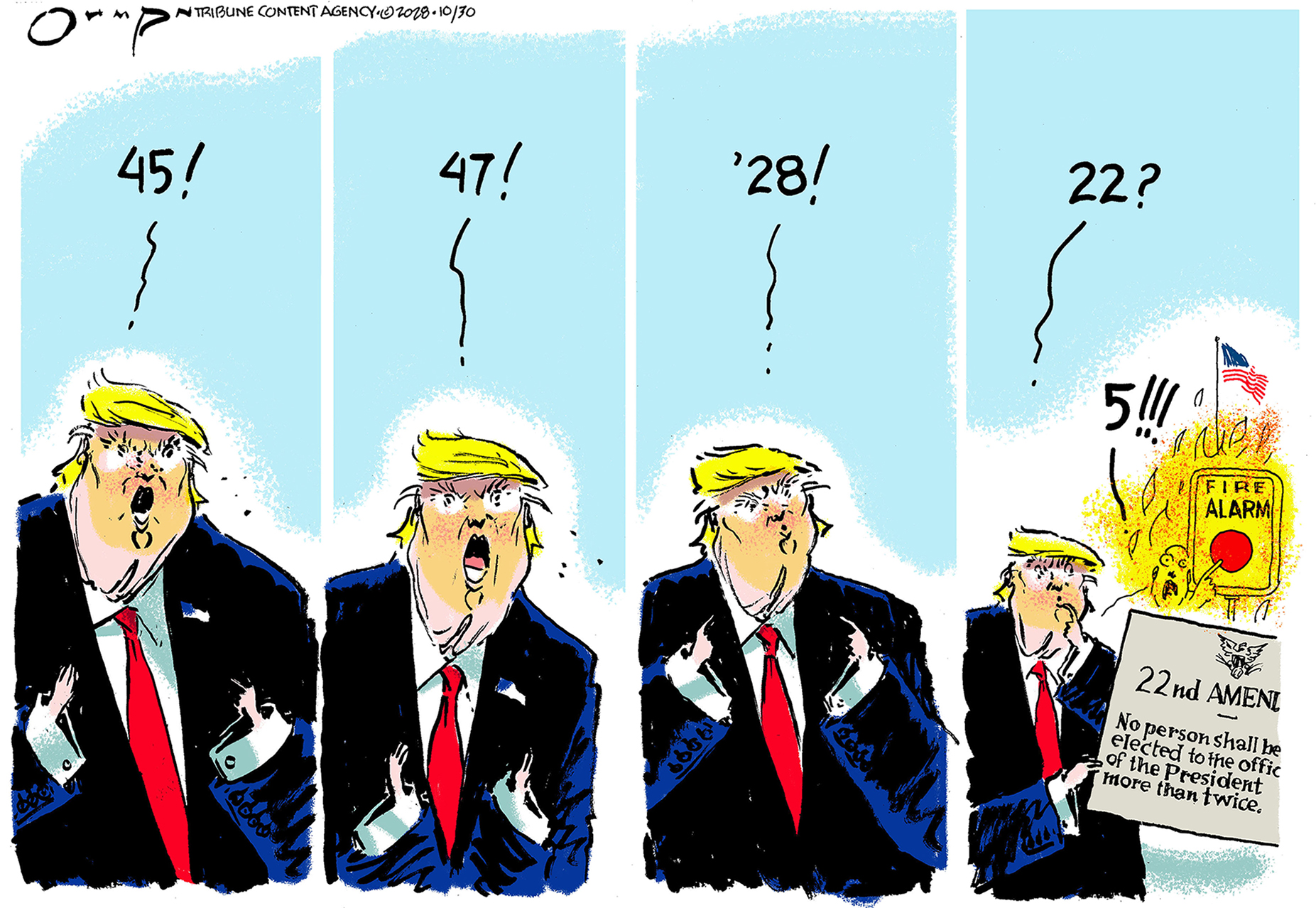 Political cartoons for November 2
Political cartoons for November 2Cartoons Sunday's political cartoons include the 22nd amendment, homeless camps, and more
-
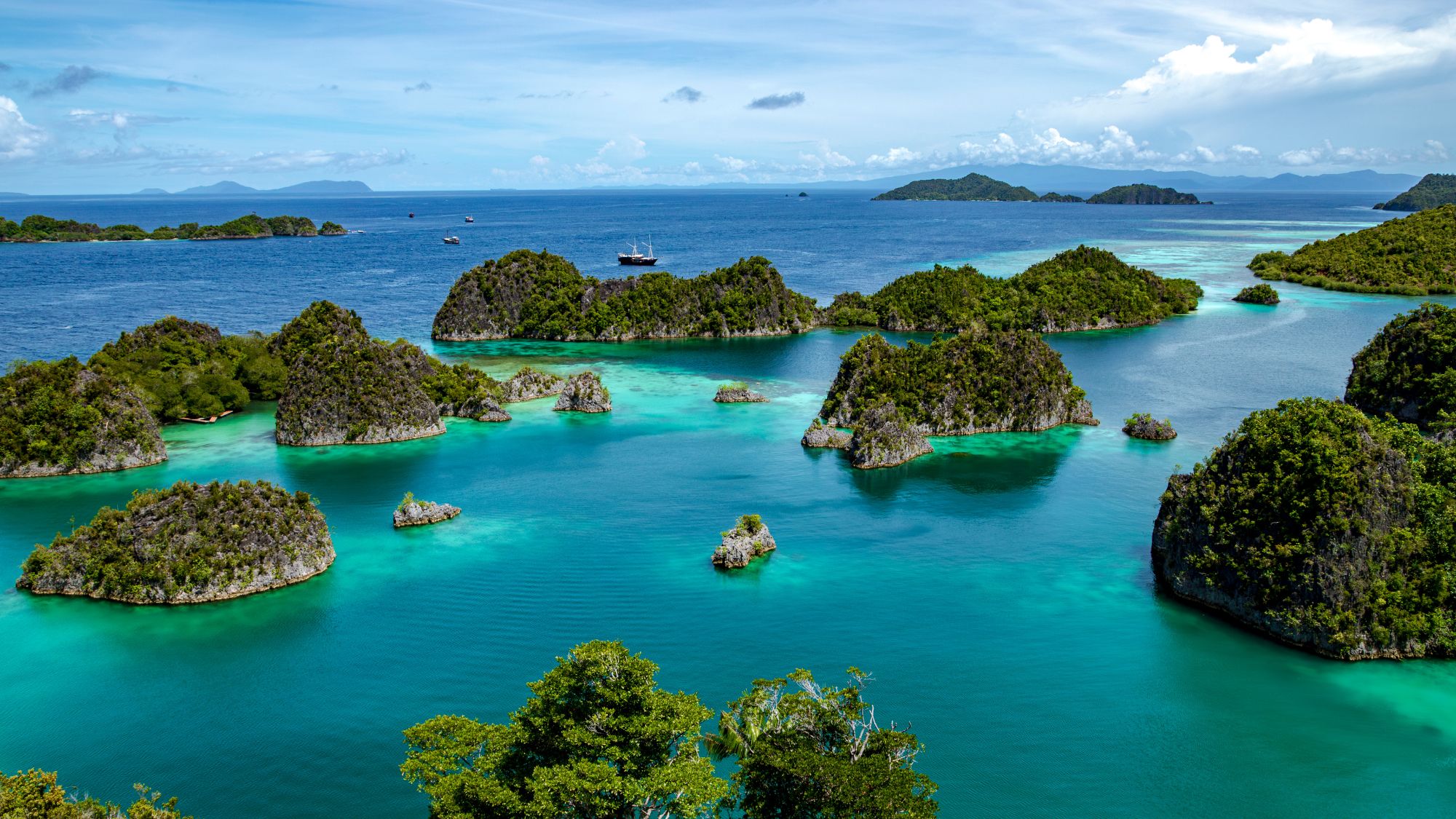 The dazzling coral gardens of Raja Ampat
The dazzling coral gardens of Raja AmpatThe Week Recommends Region of Indonesia is home to perhaps the planet’s most photogenic archipelago.
-
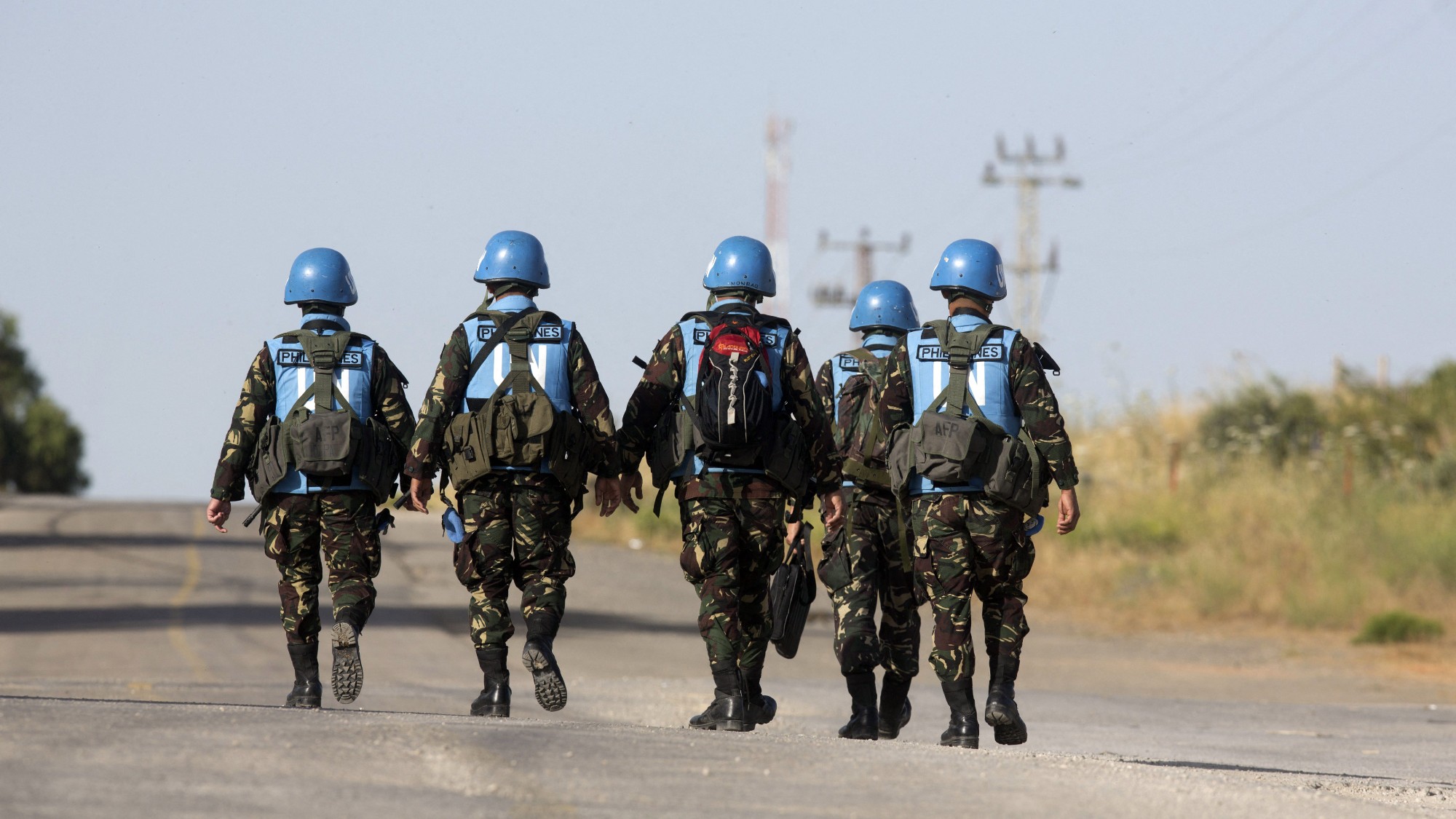 ‘Never more precarious’: the UN turns 80
‘Never more precarious’: the UN turns 80The Explainer It’s an unhappy birthday for the United Nations, which enters its ninth decade in crisis
-
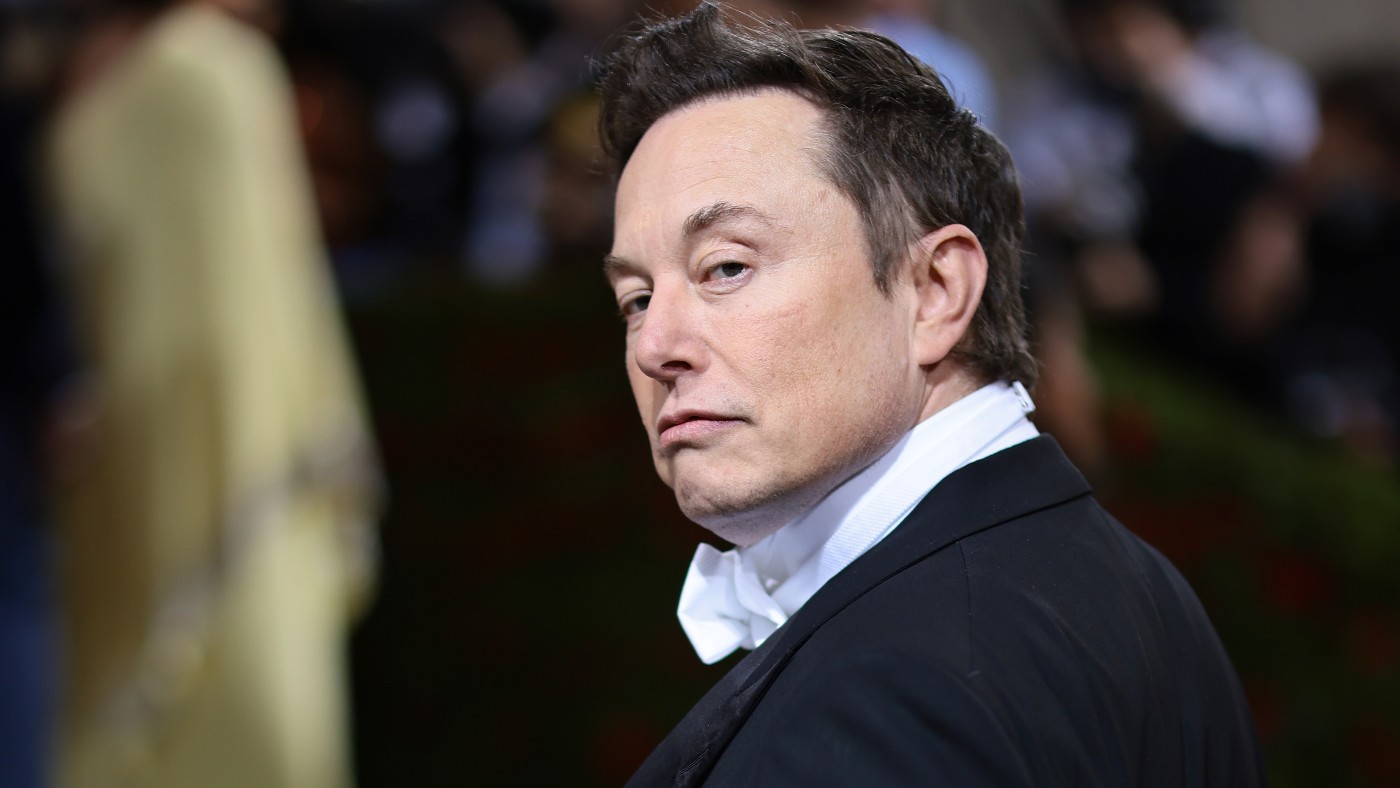 Walter Isaacson's 'Elon Musk' can 'scarcely contain its subject'
Walter Isaacson's 'Elon Musk' can 'scarcely contain its subject'The latest biography on the elusive tech mogul is causing a stir among critics
-
 Welcome to the new TheWeek.com!
Welcome to the new TheWeek.com!The Explainer Please allow us to reintroduce ourselves
-
 The Oscars finale was a heartless disaster
The Oscars finale was a heartless disasterThe Explainer A calculated attempt at emotional manipulation goes very wrong
-
 Most awkward awards show ever?
Most awkward awards show ever?The Explainer The best, worst, and most shocking moments from a chaotic Golden Globes
-
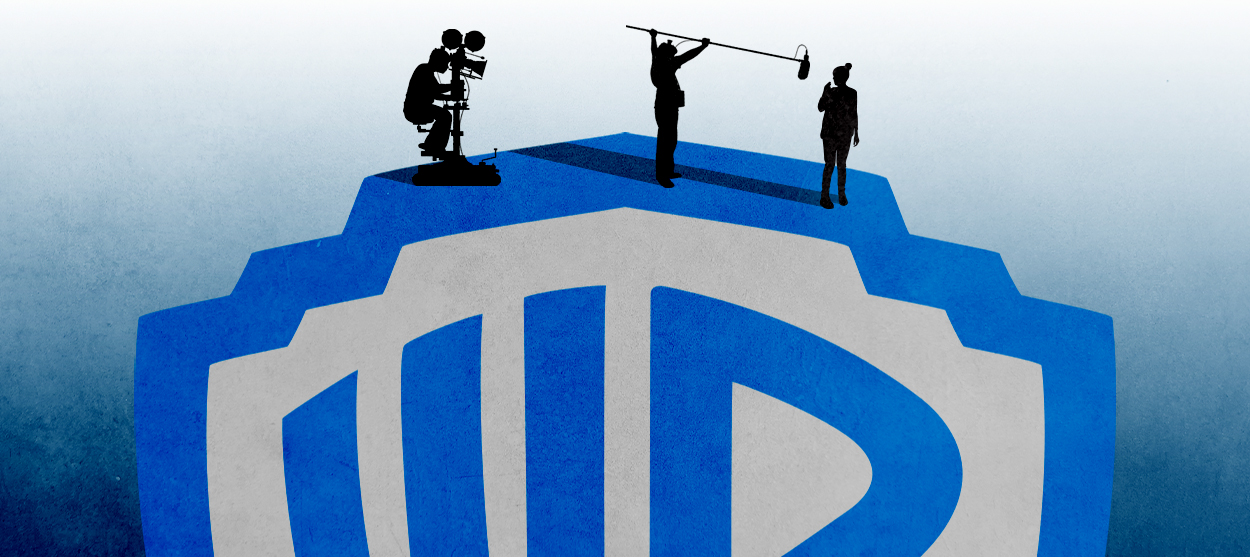 The possible silver lining to the Warner Bros. deal
The possible silver lining to the Warner Bros. dealThe Explainer Could what's terrible for theaters be good for creators?
-
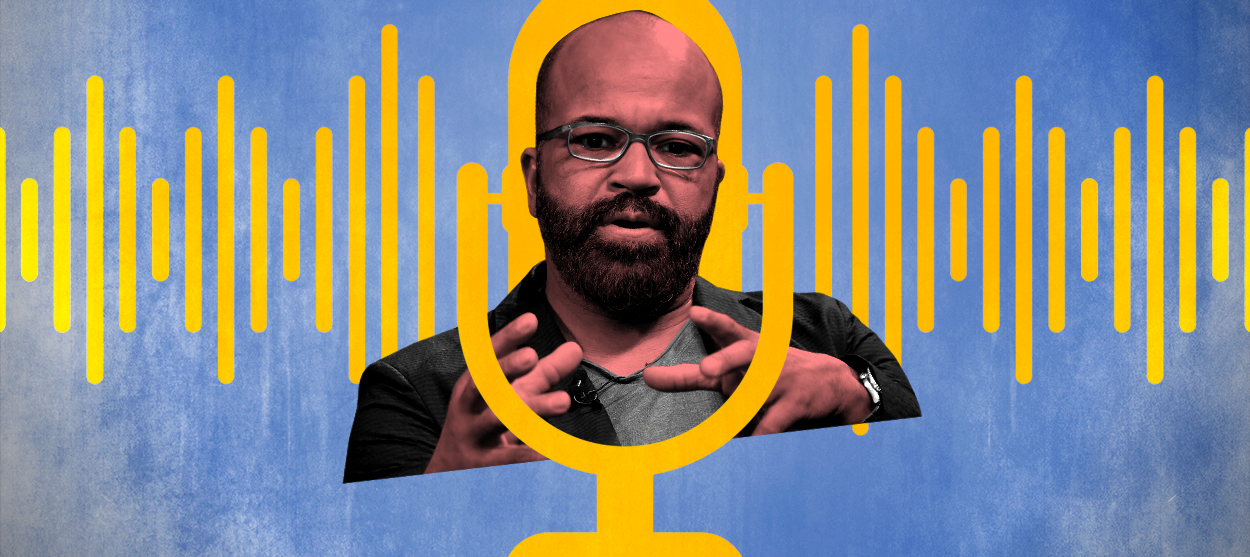 Jeffrey Wright is the new 'narrator voice'
Jeffrey Wright is the new 'narrator voice'The Explainer Move over, Sam Elliott and Morgan Freeman
-
 This week's literary events are the biggest award shows of 2020
This week's literary events are the biggest award shows of 2020feature So long, Oscar. Hello, Booker.
-
 What She Dies Tomorrow can teach us about our unshakable obsession with mortality
What She Dies Tomorrow can teach us about our unshakable obsession with mortalityThe Explainer This film isn't about the pandemic. But it can help viewers confront their fears about death.
